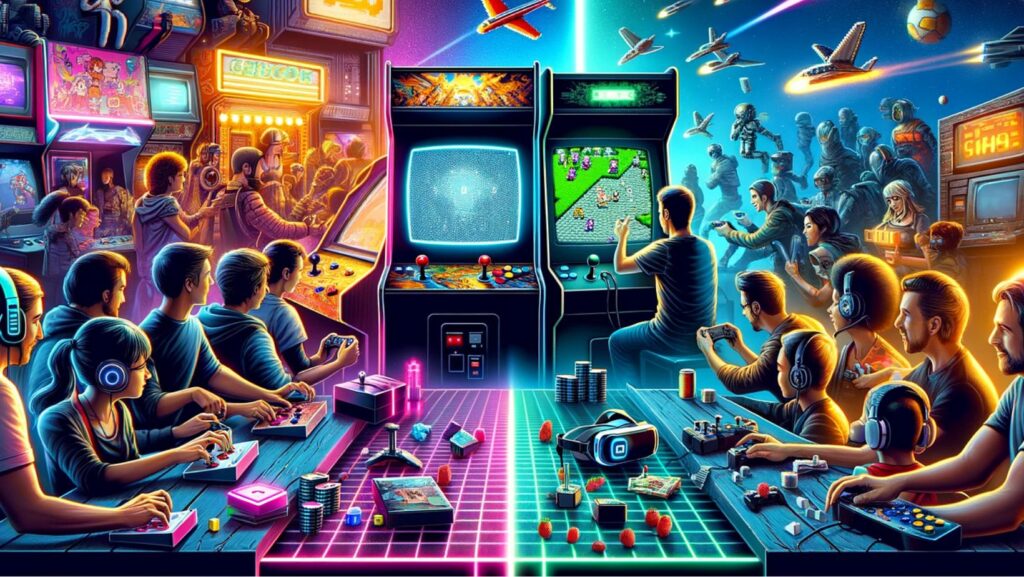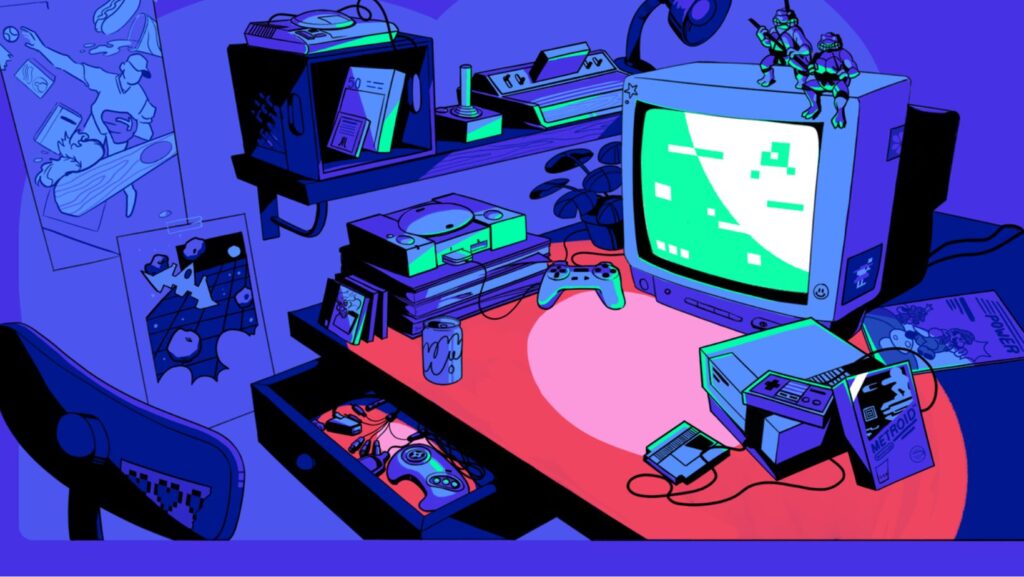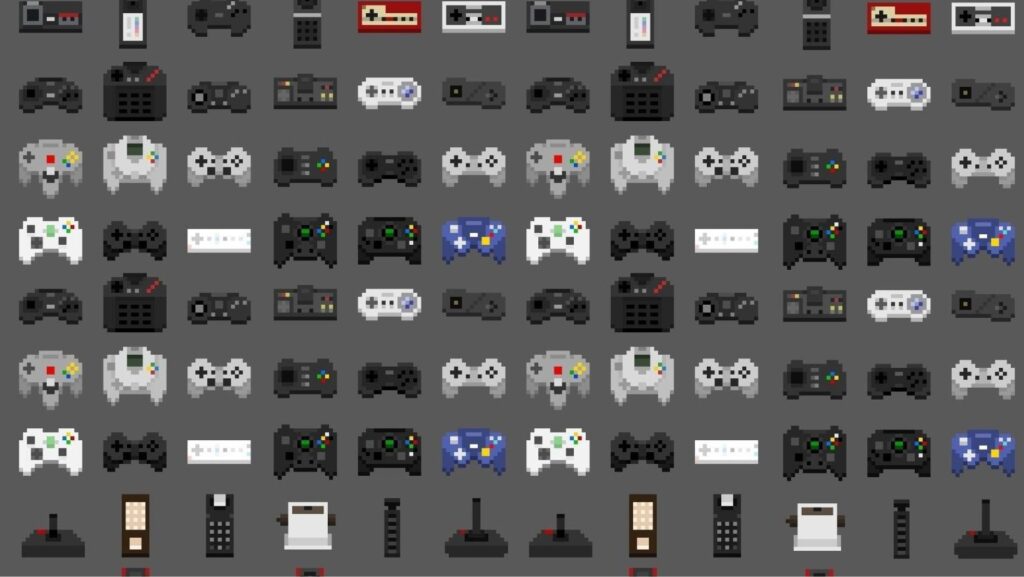
Best CRT for Retro Gaming
As a retro gaming enthusiast, finding the best crt for retro gaming (cathode ray tube) for that authentic nostalgic experience can be quite a quest. When it comes to retro gaming, nothing quite matches the feeling of playing on an old-school CRT monitor. The vintage look and feel can transport me back to the golden era of gaming.

One key factor to consider when hunting for the best crt for retro gaming for retro gaming is picture quality. A high-quality CRT will deliver vibrant colors, sharp images, and excellent contrast, enhancing the overall gameplay experience. Additionally, input lag is crucial for responsive gameplay – ensuring that there’s minimal delay between your controller input and on-screen action.
Another aspect to keep in mind is compatibility with older gaming consoles. Ensuring that the CRT you choose has the necessary inputs to connect your beloved Atari, NES, or Sega Genesis is essential for a seamless gaming session. With these considerations in mind, I’ll delve deeper into exploring the top contenders in the realm of CRT monitors for retro gaming enthusiasts like myself.
Evolution of CRT Technology
When delving into the Evolution of CRT (Cathode Ray Tube) Technology, it’s fascinating to trace its roots back to the late 19th century. The concept of using cathode rays for display purposes dates to the work of German physicist Karl Ferdinand Braun in 1897. This groundbreaking achievement laid the foundation for what would eventually become the standard technology for television and monitors for decades.

As advancements in electronics accelerated post-World War II, best crt for retro gaming so did the development of CRT displays. Companies like RCA and Philips were at the forefront, introducing color CRT TVs to consumers in the 1950s. These bulky sets revolutionized home entertainment, bringing vibrant visuals into living rooms across the globe.
The rise of personal computing in the 1980s saw a surge in demand for CRT monitors due to their superior image quality compared to early LCD alternatives. Gamers particularly favored CRTs for their high refresh rates and low input lag, making them ideal for fast-paced gameplay where every millisecond counts.
By the turn of the millennium, CRT technology had reached its peak, with manufacturers producing larger screens with higher resolutions. However, as flat-panel LCD and plasma displays gained traction for their sleek designs and energy efficiency, CRTs gradually faded from mainstream markets but retained a loyal following among retro gaming enthusiasts who appreciate their authentic pixel art display capabilities.
In retrospect, while modern display technologies have superseded CRTs in most applications, their legacy endures as a testament to an era when these cathode ray tubes reigned supreme in delivering immersive visual experiences across televisions and monitors worldwide.
Advantages of CRT for Retro Gaming
When it comes to Retro Gaming, the CRT (Cathode Ray Tube) display holds a special place in the hearts of enthusiasts. Let’s delve into why these classic screens still shine bright in the world of vintage gaming.
Authentic Visual Experience:
- CRT monitors offer a nostalgic visual appeal, showcasing games as they were originally designed to be seen.
- The unique scanlines and color reproduction of CRTs can enhance the retro gaming experience, providing an authentic trip down memory lane.
Zero Input Lag:

- Unlike modern displays that may introduce input lag, CRTs deliver instantaneous response times, crucial for precise gameplay in retro titles.
- This near-instantaneous feedback ensures that players’ actions are translated on-screen without delay, preserving the integrity of classic game mechanics.
Optimal Resolution Support:
- Many older games were optimized for lower resolutions that are best displayed on CRT monitors, maintaining their intended graphical fidelity.
- The ability of CRTs to handle various resolutions without distortion makes them versatile for accommodating a wide range of retro gaming systems.
Built-in Compatibility:
- With native support for analog connections like composite and component inputs, CRT monitors effortlessly integrate with older consoles without requiring adapters or converters.
- This seamless compatibility eliminates the need for additional equipment, simplifying the setup process and allowing gamers to dive straight into playing their favorite classics.
In summary, the enduring appeal of CRT monitors lies in their ability to faithfully capture the essence of retro gaming while offering unparalleled responsiveness and compatibility.